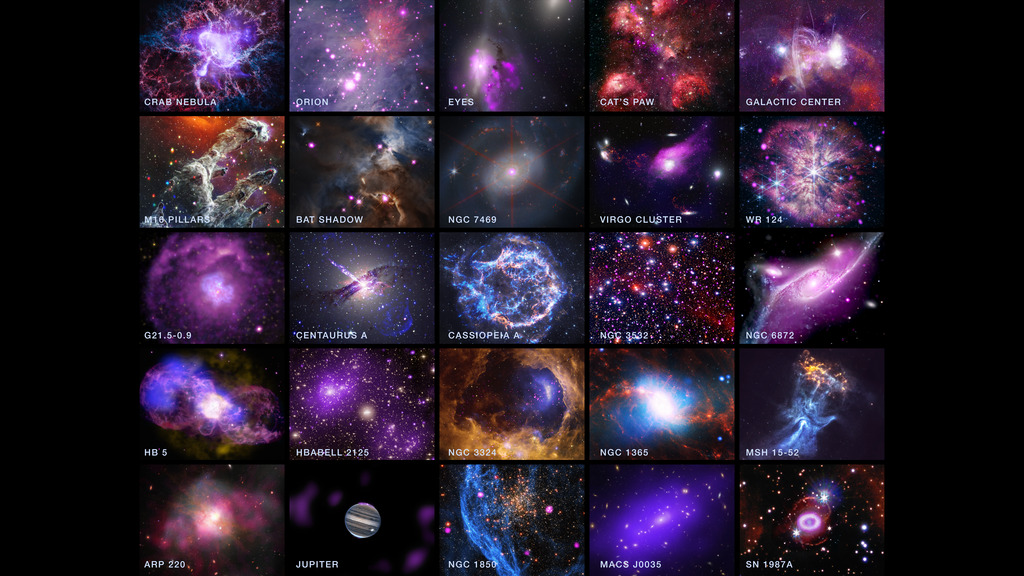
The quest to capture the beauty and complexity of the universe has seen remarkable advancements in technology and methodology over the past ten years. From high-resolution images of distant galaxies to detailed photographs of our solar system, the evolution of cosmic photography has transformed our understanding of the universe. This blog explores how we take cosmic pictures and highlights significant developments in the last decade.
How Do We Capture Cosmic Images?
Capturing images of celestial bodies involves a combination of sophisticated technology and innovative techniques. Here are some key methods used in cosmic photography:
1. Space Telescopes
Space telescopes, such as the Hubble Space Telescope (HST) and the recently launched James Webb Space Telescope (JWST), play a crucial role in cosmic photography. These telescopes operate outside the Earth’s atmosphere, allowing them to capture clearer and more detailed images of distant galaxies, nebulae, and other celestial phenomena. Hubble has been instrumental in documenting the evolution of galaxies over time, providing insights into their formation and growth.

2. Ground-Based Observatories
While space telescopes provide unparalleled views, ground-based observatories equipped with adaptive optics can also capture high-quality images. These systems compensate for atmospheric distortion, allowing astronomers to observe celestial objects with greater clarity. Recent advancements in imaging technology have improved the capabilities of these observatories significantly.
3. Rovers and Landers
Rovers like Curiosity and Perseverance on Mars have revolutionized our understanding of the Martian landscape. These robotic explorers capture high-resolution images of the surface, providing insights into the planet’s geology and potential for past life. The ability to take pictures directly from the surface of other planets offers a unique perspective that orbiters cannot achieve.
4. Advanced Imaging Techniques
Techniques such as long-exposure photography, spectroscopy, and photometry have enhanced our ability to capture cosmic images. Long-exposure photography allows astronomers to collect light over extended periods, revealing faint objects that would otherwise be invisible. Spectroscopy helps in analyzing the composition of celestial bodies by studying the light they emit or absorb.
Significant Developments in the Last Decade
The last ten years have witnessed groundbreaking advancements in cosmic photography, significantly enhancing our understanding of the universe. Here are some notable developments:
1. The James Webb Space Telescope
Launched in December 2021, the JWST represents a monumental leap in our ability to observe the universe. With its advanced infrared capabilities, it can see through dust clouds and capture images of the earliest galaxies formed after the Big Bang. The JWST’s ability to observe distant exoplanets and analyze their atmospheres is set to revolutionize our search for life beyond Earth.

2. Enhanced Imaging Technologies
Recent advancements in imaging sensors and cameras have improved the quality of cosmic images. For instance, the HST’s cameras have been upgraded to capture images in multiple wavelengths, allowing for a more comprehensive understanding of celestial phenomena. These enhancements enable astronomers to study the universe in unprecedented detail.
3. Citizen Science and Public Engagement
The rise of citizen science projects has democratized cosmic photography. Platforms like Galaxy Zoo allow amateur astronomers to contribute to the classification of galaxies and other celestial objects. This collaborative approach not only engages the public but also accelerates scientific discovery by harnessing the power of collective observation.
4. Data Processing and Machine Learning
The integration of machine learning algorithms in data processing has streamlined the analysis of cosmic images. These algorithms can identify patterns and anomalies in vast datasets, enabling astronomers to focus on significant discoveries. This technological advancement has made it easier to process and interpret the enormous amounts of data generated by modern telescopes.
Conclusion

The advancements in cosmic photography over the last decade have significantly enhanced our understanding of the universe. From the launch of the James Webb Space Telescope to the integration of machine learning in data analysis, these developments have opened new frontiers in astronomy. As technology continues to evolve, we can expect even more breathtaking images and discoveries that will deepen our appreciation of the cosmos.
Read more on Lifetips.blog














